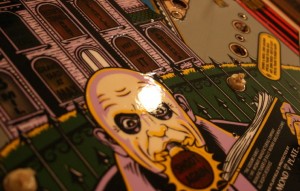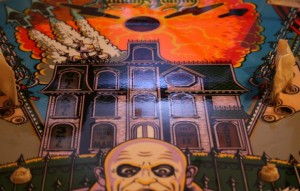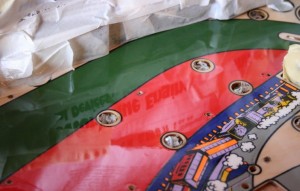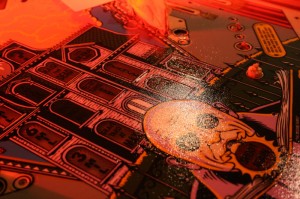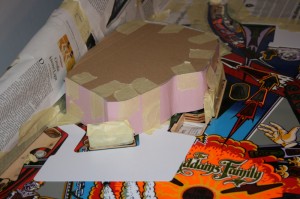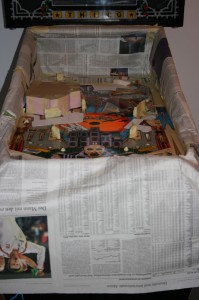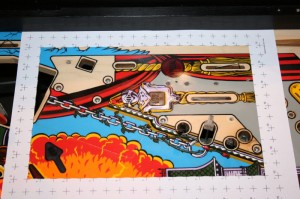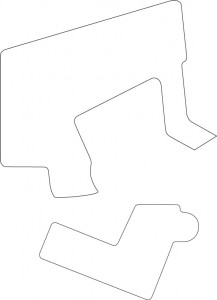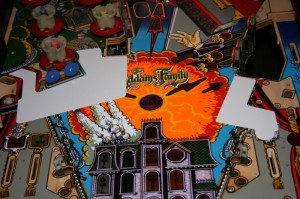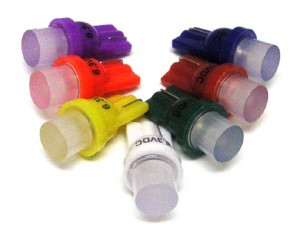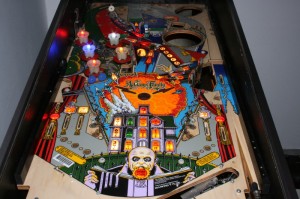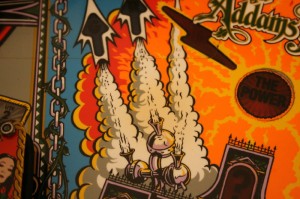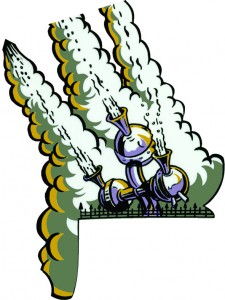Saving the playfield – part 2
Thursday, February 25th, 2010Not wanting to damage my touch-ups and decal, I gingerly sanded down the playfield with 2000 grit sandpaper (dry). I then cleaned the playfield thoroughly firstly using a small vacuum cleaner to remove the dust; then a damp cloth to remove any other dust and finally a tack cloth. I applied two coats of 1K clear-coat from a new spray can – each coat consisting of one horizontal and one vertical layer criss-crossed – moving the spray head much slower than for the first coat. I left at least 5 minutes before applying the second coat to let the first coat breath.
I was happier with the results even though they weren’t perfect, showing a so called “Orange Peel” effect:
It turns out that this Orange Peel affect was as a result of the uneven first layer. This was evident, as I had also clear-coated part of the playfield this time which had been protected during the first clear-coat:
